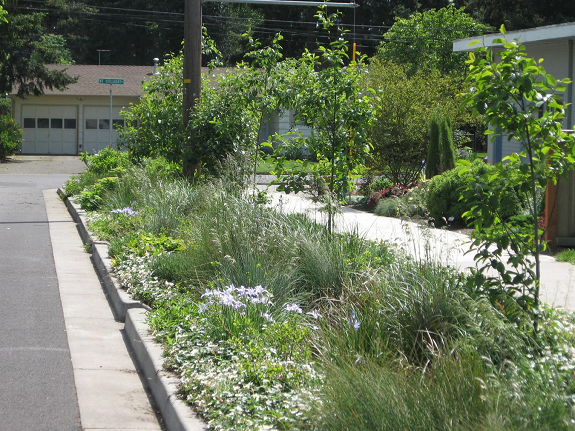
June 22, 2020, by Blue-Green team
No Money, No Problems: Volunteering to Maintain Blue-Green Infrastructure (BGI)
When we think about public infrastructure, such as roads, parks, or even sewers, we often think of large, connected systems that are easy to spot and hard to ignore. But what about the more hidden types of infrastructure that are decentralised and small but collectively serve a big purpose? Blue-green infrastructure (BGI), such as green roofs, bioswales, rain barrels and rain gardens, are exactly this (Figures 1 and 2). While some BGI approaches, such as rain barrels (water butts), are on an individual’s private property, other approaches, such as bioswales and rain gardens, are in the public right-of-way. How will BGI, an important piece of the public infrastructure puzzle, be maintained as city budgets continue to come under pressure?
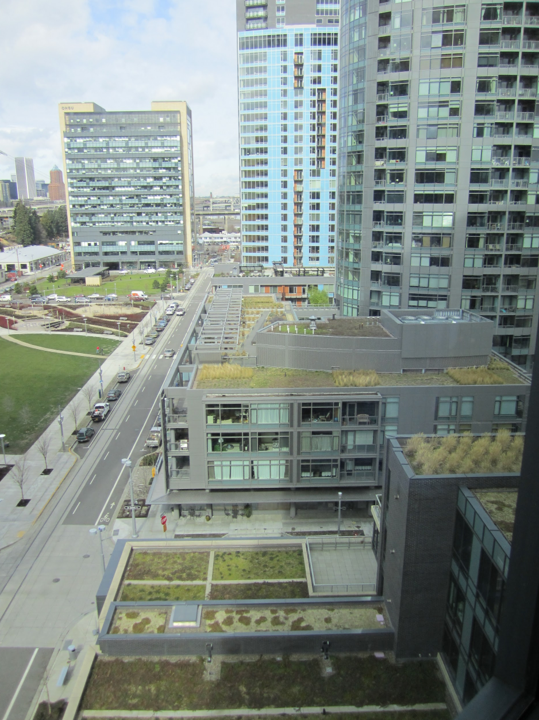
Figure 1. Green roofs in Portland’s South Waterfront District
Introducing the study
To explore this question, our study estimated people’s willingness-to-pay (in dollars) and willingness-to-volunteer (in hours) to maintain BGI. We surveyed residents in two major U.S. cities (Chicago, Illinois and Portland, Oregon) that are leaders in adopting innovative approaches for stormwater management. While using surveys to estimate willingness-to-pay for public goods is frequently done, our study used a novel approach that allowed us to also estimate the number of hours a resident would be willing to volunteer in their neighbourhood to maintain BGI. This is particularly important for small, decentralised BGI systems that are costly for municipal workers to access and maintain, but are hyper-local and easily accessed by nearby residents in their own neighbourhoods. We found that residents are, in fact, willing to donate a significant amount of time to maintain BGI.
Multiple benefits
Incorporating BGI into stormwater systems provides numerous benefits that are often bundled together. We estimated people’s willingness-to-pay and willingness-to-volunteer for specific benefits from BGI (not just the bundled outcome) such as improvements in water quality, improvements in aquatic habitat quality, and reductions in flood frequency. While it’s not surprising that we found residents strongly value reductions in the frequency of flooding, we also found that people place non-trivial values (both in dollars and in volunteer hours) on improvements in water quality and aquatic habitat.
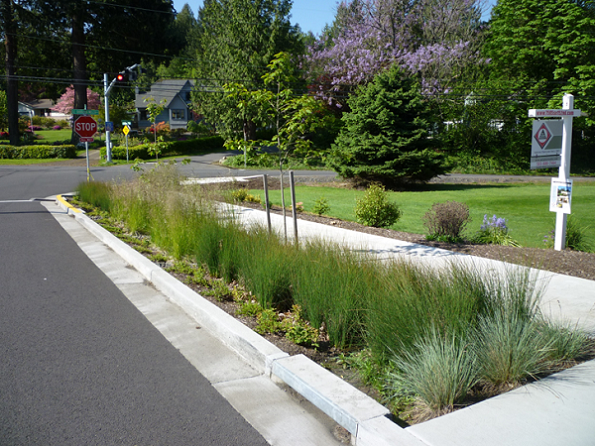
Figure 2. Bioswale adjacent to a house listed for sale
For example, we estimated the benefits of a hypothetical program that would improve aquatic habitat from its current level (fair) to the highest possible level (excellent), water quality from its current level (boatable) to the highest possible level (swimmable), and would reduce flooding by 50%. The annual household willingness-to-pay for this program was $323 in Chicago and $279 in Portland with aggregate willingness-to-pay (based on the number of households in each city) of $4,015 million in Chicago and $856 million in Portland. The annual willingness-to-volunteer to participate in a program that would achieve these goals was 29 hours per household in Chicago and 77 hours per household in Portland.
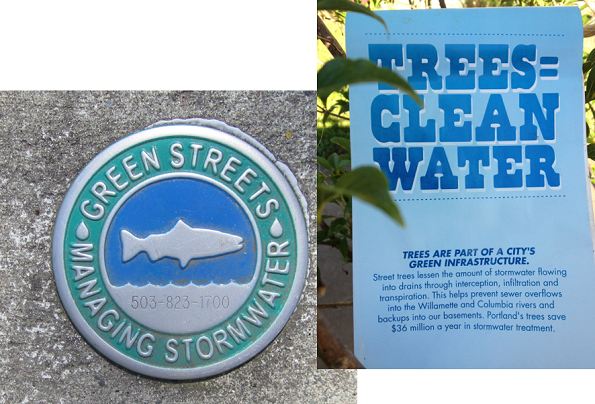
Figure 3. Outreach efforts: Portland’s Green Streets medallion and green infrastructure sign
Motivation to maintain BGI
What motivates people to volunteer to support BGI? We found that people derive significant enjoyment from volunteering in their neighbourhoods to support BGI. Other possible reasons why residents volunteer to maintain BGI include the link between BGI and property values (Figure 2) and extensive efforts by government agencies to educate residents about the relationship between BGI, stormwater runoff, water quality, and reduced sewer overflows (Figure 3).
Portland’s Green Streets Steward Program has around 200 participants with some stewards reporting that they maintain their green street on a weekly basis while others report maintenance occurring on a monthly or quarterly basis. Understanding what motivates residents to volunteer to maintain BGI remains an important area for future research, but “[o]ur results are cautiously encouraging for urban stormwater managers hoping to muster an army of volunteers to help maintain decentralised GI” (Ando et al. 2020,13).
Authors
Noelwah R. Netusil, Reed College (Portland, Oregon) and Bryan Parthum, University of Illinois (Urbana, Illinois).
For more information
The paper, “Willingness-to-volunteer and stability of preferences between cities: Estimating the benefits of stormwater management,” is published in the Journal of Environmental Economics and Management. [https://doi.org/10.1016/j.jeem.2019.102274]
A press release about the paper is available at: https://aces.illinois.edu/news/stormwater-management-and-green-infrastructure-provide-benefits-urban-residents-are-willing
Portland’s Green Streets Steward Program: https://www.portlandoregon.gov/bes/52501
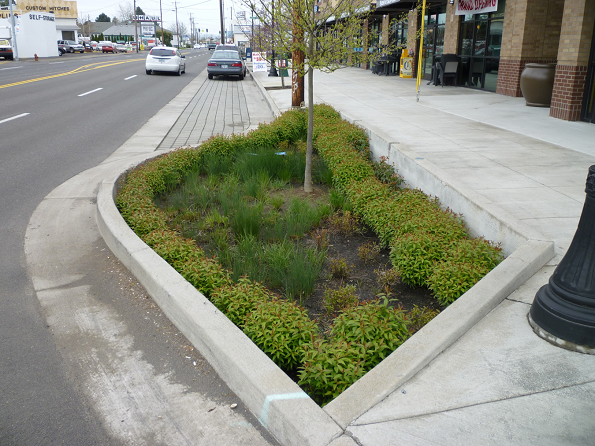
Bioswale in the public right-of-way
No comments yet, fill out a comment to be the first

Leave a Reply